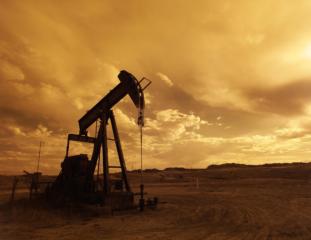
Top 4 Hazards Working in the Oil and Gas Industry:
Working in the oil and gas industry comes with an abundance of risks and hazards that employees, managers, and business owners should know. The key to a successful oil and gas business is suitable safety protocols. Not only will this help you to keep your workers safe, but it also encourages recruits when they know you have a streamlined system of safety processes. This is particularly useful concerning the current labor shortage. If you’re working in this industry at the moment, or you are interested in joining this line of work, here are four hazards within the industry.
Fires, Leakage and Explosions
It’s undeniable that explosions are one of the top hazards faced by oil and gas industry workers. These incidents cause fatalities amongst the team, but they can also significantly impact the environment and cause damage to equipment. On-site safety and during operations are paramount, so consider the protocols needed to keep everything secure. This applies to not only the oil and gas industry but also to the military sectors. You may want to consider IP68 Electrical Enclosures if this is relevant to your line of work; investing in corrosion-resistant and waterproof enclosures for equipment can avoid any unwanted incidents.
Accidents With Vehicles
Employees are particularly at risk when it comes to transportation collisions and accidents. Oil and gas sites are usually quite remote, which means that additional travel is often needed. Traveling on the highway with specific equipment and complex vehicles is a leading cause of death amongst oil and gas workers. As well as travel incidents with vehicles, it is also important to remember the nature of oil and gas work. Every day involves many complexities, moving apparatus, so falling equipment can be another hazard. Getting caught, being struck, or getting stuck in between equipment are common hazards employees face every day. Wearing personal protective equipment and deploying clear signage can help to prevent accidents with vehicles. Continual safety training can help all workers on the team stay on top of these hazards and avoid them as much as possible.
Confined Spaces
Entering confined spaces is a regular occurrence as an oil and gas worker. From storage tanks to trenches, workers face dangerous situations daily. PPE has never been more important in these situations, and proper training should always be administered to workers.
Falls and Trips
Additional safety measures can be put in place to prevent trips and falling on the job. From handrails to safety nets, employers should go above and beyond the norm to ensure their workers are well protected from accidental falls when working in the oil and gas industry.
Overall, adapting to safety procedures is how the company will operate smoothly and effectively. Tailoring processes to adapt to your workers and the wider environment will always keep your systems airtight with as few flaws as possible. So if you’re in the engineering sector, a field crew member, or an oil and gas professional, we hope you will be aware of these four hazards.






